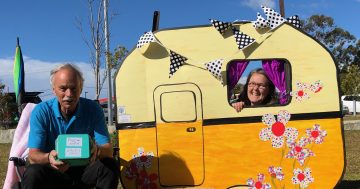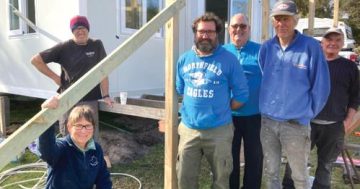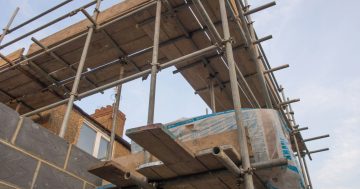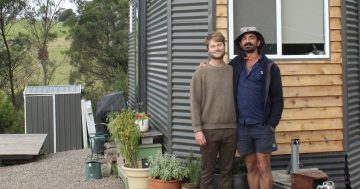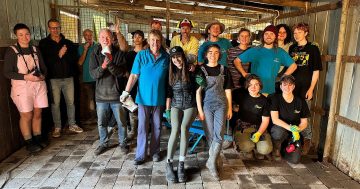
Like many other local governments, Bega Valley Shire Council has a housing crisis and is looking for ways to address it. Photo: File.
Bega Valley Shire Council will not pursue a draft Local Approvals Policy (LAP) intended to boost the shire’s crisis accommodation.
Instead, staff are drafting a LAP aimed at reducing demand for rental accommodation. It will also advocate to the NSW Government that the provisions for temporary housing around natural disasters be extended to crisis accommodation.
Service providers such as Mission Australia and South East Women and Children Services do not have enough crisis accommodation in the shire to meet demand.
Not-for-profit Social Justice Advocates of the Sapphire Coast (SJA) has been providing crisis accommodation, principally caravans, for more than 12 years. There is a long running legal battle between council and SJA over whether there is a development approval (DA) pathway for some of SJA’s crisis transitional units or moveable dwellings. The council has said there is no pathway and that they are therefore illegal.
The draft LAP solely concerns moveable dwellings providing crisis accommodation. It was intended to cut red tape and regulatory hurdles for crisis accommodation providers such as SJA so they can provide their services more quickly.
The draft LAP was presented to council by Councillor Simon Daly at the 18 December 2024 council meeting. Council staff prepared a report on the draft LAP that was presented at the 19 March 2025 meeting.
Cr Daly said at that meeting council staff were not keen to pursue the draft LAP and that councillors resolved to send it to the Department of Planning, Housing and Infrastructure (DPHI) for feedback.
DPHI’s feedback was presented at the 23 July council meeting.
DPHI cited several reasons why it would not support the draft LAP, including it used undefined and ambiguous terms such as “registered support agency” and “risk of losing their home”.
“Any LAP has to be approved by the State Government, so even if we had resolved to pursue it, it would not have achieved the goal of making crisis accommodation more accessible,” Cr Daly said.
The draft LAP that council staff are working on has three components.
The first is expanding the exemption for one caravan in association with a dwelling house to two. Cr Daly said this would enable members of a household, such as adult children returning home after being away for work or study, to live in a caravan on the property, rather than taking up rental accommodation.
The second would permit temporary accommodation in association with a new build or existing business. “Again, I think the intent is to have temporary accommodation on the building site, so you aren’t in rental accommodation,” Cr Daly said. This component would also allow businesses such as tourism operators or oyster farmers to provide temporary accommodation to seasonal workers, so they are not drawing on the shire’s rental accommodation.
The third component is to extend the provisions for persons displaced by a natural disaster from two years to four.
Cr Daly said this was the most interesting component because NSW residents were eligible for temporary housing and could have a caravan on a block of land for two years, potentially four years. Again, this would mean people were not drawing on the shire’s rental accommodation.
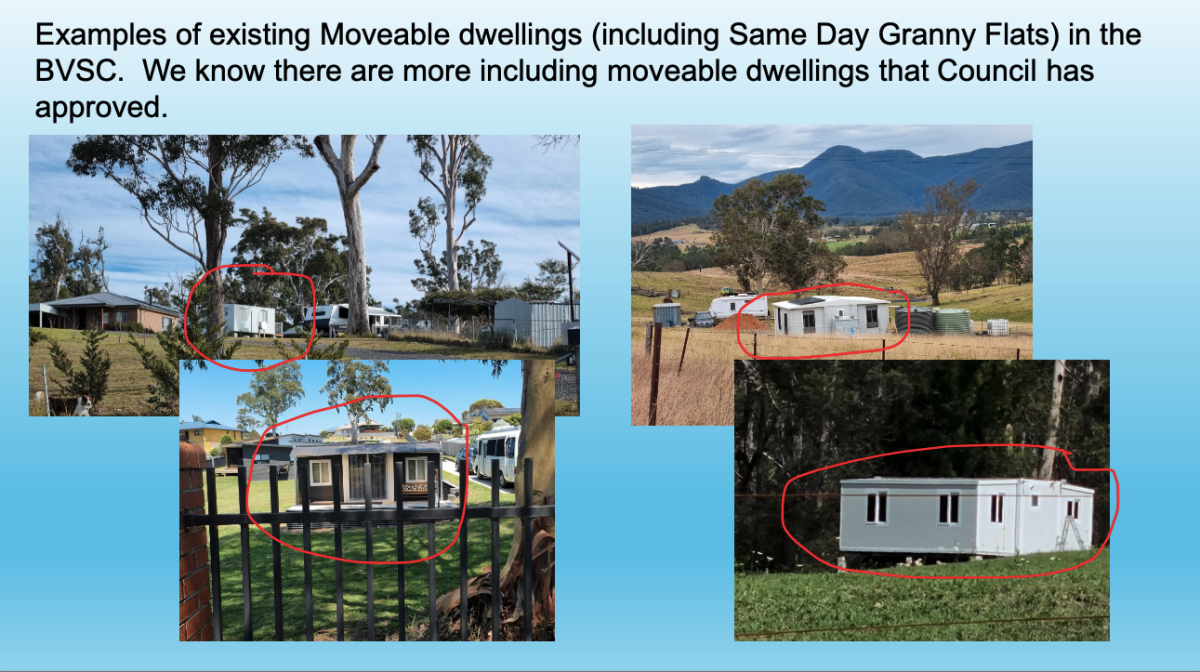
Taken from the presentation town planner Roz Hansen made to Bega Valley Shire Council. Photo: Supplied.
At the 23 July meeting, council also resolved to advocate to the NSW Government to create a mechanism for crisis housing to be defined and have similar provisions in legislation to disaster provisions relating to housing.
“All the definitions and exemptions are under the natural disaster provisions and it would be pragmatic to extend these in some way to people seeking crisis accommodation,” Cr Daly said.
He said it was a big job, involving more than a government department and a handful of council staff.
Roz Hansen AM is an urban planner with more than 40 years’ experience. She is a member of SJA, a member of the council’s Affordable Housing Implementation Group, and the author of the original draft LAP.
“The LAP that council staff are working on won’t deal with homeless people who aren’t family members or seasonal workers,” Ms Hansen said. “Most women in SJA’s crisis accommodation are escaping domestic violence, not natural disasters.”
Ms Hansen would like to see council staff work on a LAP that provided guidelines to fast-track DAs for crisis accommodation including moveable dwellings.
“Council has the power and authority to prepare an LAP that fast-tracks the DA process for moveable dwellings. Why isn’t it doing that?” Ms Hansen said.
She pointed to Ballina Shire Council which supports tiny homes as a viable, sustainable housing option and Surf Coast Shire’s pilot for tiny houses in Victoria.







